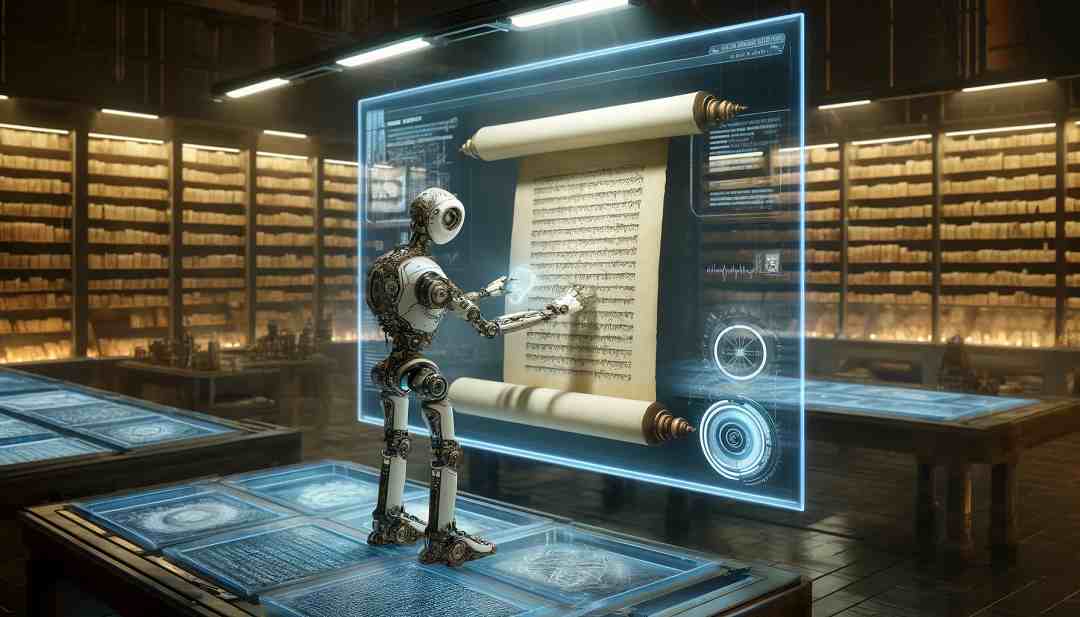
In a groundbreaking achievement that highlights the potent intersection of technology and archaeology, researchers at the University of Pisa have leveraged advanced artificial intelligence (AI) to decipher ancient papyrus scrolls, unveiling the long-speculated burial site of the eminent Greek philosopher Plato. This discovery not only sheds light on a specific historical detail but also exemplifies how modern technology is revolutionizing our understanding of the ancient world.
The scrolls in question were unearthed from Herculaneum, a town obliterated alongside Pompeii during the catastrophic eruption of Mount Vesuvius in AD 79. These papyri, carbonized by the volcanic heat, were rendered exceedingly fragile, making physical handling and traditional examination methods risky and nearly impossible. Here, AI has emerged as a crucial tool, enabling scholars to peer into the past without the risk of damaging these precious remnants of history.
Employing a combination of optical imaging, thermal imaging, and tomography, the AI systems were able to decipher approximately 1,000 words—or about 30 percent—of the text attributed to Philodemus of Gadara, a philosopher who resided in Italy after studying in Athens. This particular scroll provided invaluable insights, including details about Plato's own academy and, crucially, the location of his final resting place within its confines.
Historical accounts have long suggested that Plato was buried at the academy he founded, but the exact location remained a matter of speculation. The texts revealed by AI clarified that Plato's tomb was situated in a garden specifically reserved for him, near a site sacred to the Muses, within the academy's premises. This significant detail helps fill a gap in the historical record, offering a more complete picture of the philosopher's final association with his lifelong intellectual pursuit.
The successful application of AI in this context is part of a broader trend where technology meets traditional fields of study like archaeology. AI's ability to process and analyze large datasets rapidly makes it an invaluable ally in the quest to unlock historical secrets that have been physically preserved but remain intellectually elusive. Techniques used in this particular study are part of an emerging toolkit that includes machine learning algorithms capable of pattern recognition and predictive analytics, which can hypothesize about missing or illegible portions of texts based on the data available.
This isn't the first instance of AI making significant contributions to the study of ancient texts. Earlier this year, researchers utilized similar technology to decode another set of scrolls from Herculaneum that belonged to a villa once owned by Julius Caesar's father-in-law. These texts, too, were charred by Vesuvius's eruption and had resisted traditional methods of decipherment.
The integration of AI into archaeological research represents a transformative shift in how scholars engage with historical materials. As technology continues to evolve, its applications within the humanities promise not only to broaden our understanding of historical contexts and events but also to safeguard the integrity of the world's cultural heritage.
As we look forward, the synergy between AI and archaeology is poised to deepen, revealing more about the past than ever before and ensuring that even the most delicate artifacts can share their stories without the threat of destruction. This marriage of science and history is a testament to human ingenuity and our relentless pursuit of knowledge, demonstrating that even the ancient secrets buried by time and disaster are not beyond our reach.